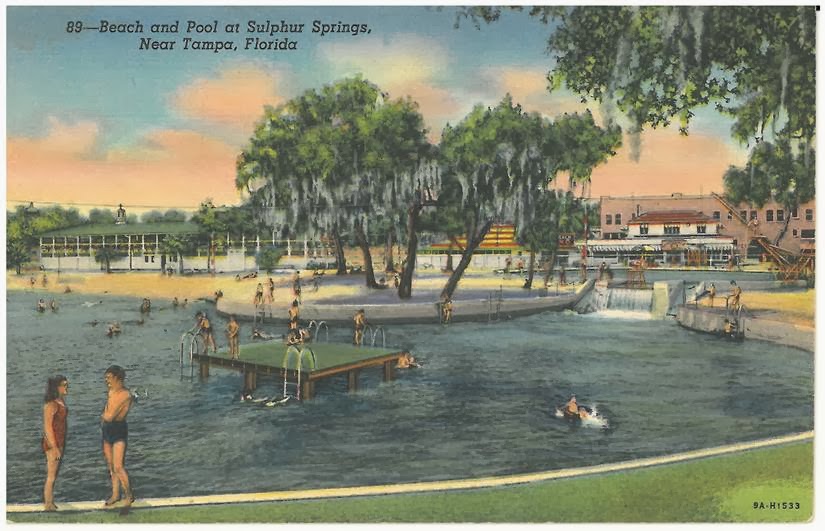This post is the fifth & final post in a series examining how city development impacts the poor. If you haven't read the first, second , third & forth posts, start there as it will help make sense of what follows.
The groundbreaking that took place last Wednesday morning on the corner of 13th and East Juneau in Sulphur Springs was the event that sparked this series. My hope has been to help us pull back from the particulars and gain some perspective by looking at the general trends within which this instance is embedded. It is this larger picture that allows us to hear the words spoken there clearly in the light of history, our trajectory, and our habit of displacing the poor. I personally can’t help but question the end towards which we are striving as I hear our mayor say “It's the beginning of the renaissance of Sulphur Springs. We're committed all the way to the end.”
Here is the thing: Like it or not, the process of gentrification is happening. As Bob Lupton put it:
Resisting gentrification is like trying to hold back the rising ocean tide. It is surely coming, relentlessly, with power and growing momentum. Young professionals as well as empty nesters are flooding into our cities, buying up lofts and condos and dilapidated historic residences, opening avant-garde artist studios and gourmet eateries. If market forces alone are allowed to rule the day, the poor will be gradually, silently displaced, for the market has no conscience.
We can rail against it all we want, but the truth is that there is no stopping this reality. Before there is a complete demographic inversion, we will see — and are seeing — an ethnic and economic diversity in our communities like there has never been before in our city. Our work during this period is justice and reconciliation, and our demand will have to be gentrification with justice. We must have the conscience that the market will never have. We do not want to see the potential role reversal that will leave the poor on the (quite literal) margins of our city without access to basic services or necessary transportation to sustain themselves. The urban sprawl in Tampa will mean destitution for those without the means to get around, and this is only one reason why building solid public transit in our cities must be a priority. Gentrification with justice — as our cities and suburbs are diversifying we must help to fight for everyone to have a seat at the table and a voice in the development of their communities. As I heard Mayor Buckhorn say at the West Tampa Invision meeting on Wednesday "If you don't have a seat at the table, you are lunch." He did promise that North Boulevard residents would have a seat at the decision making table for the development in their community. It is encouraging to hear and justice would demand follow-through. So we hope, remember, keep paying attention, and demand accountability.
There has never been a better time to seek reconciliation, justice, and a diversity equilibrium in our city, neighborhoods, churches and even our households. Our affordable public housing is (and should be) moving toward mixed income models, but we need to see far more of them in our city to begin approaching the real need. There is a great amount of work to do, and it is up to all of us if the tides are going to turn. New $100,000 homes being built in Sulphur Springs do not have to spell the beginning of the end for most of the current residents, but it will unless we all realize they too must have a seat at the decision-making table. Remember the poor; they are our neighbors, they are struggling, and they are human beings that are affected by such development and they matter.
We hope this series has been thought provoking and invite you to continue to pay attention and take part in what is happening around your own community. Go to neighborhood meetings, talk to your neighbors, keep up with things like Invision Tampa, engage civic leaders, and for God's sake, remember the poor.
We hope this series has been thought provoking and invite you to continue to pay attention and take part in what is happening around your own community. Go to neighborhood meetings, talk to your neighbors, keep up with things like Invision Tampa, engage civic leaders, and for God's sake, remember the poor.










